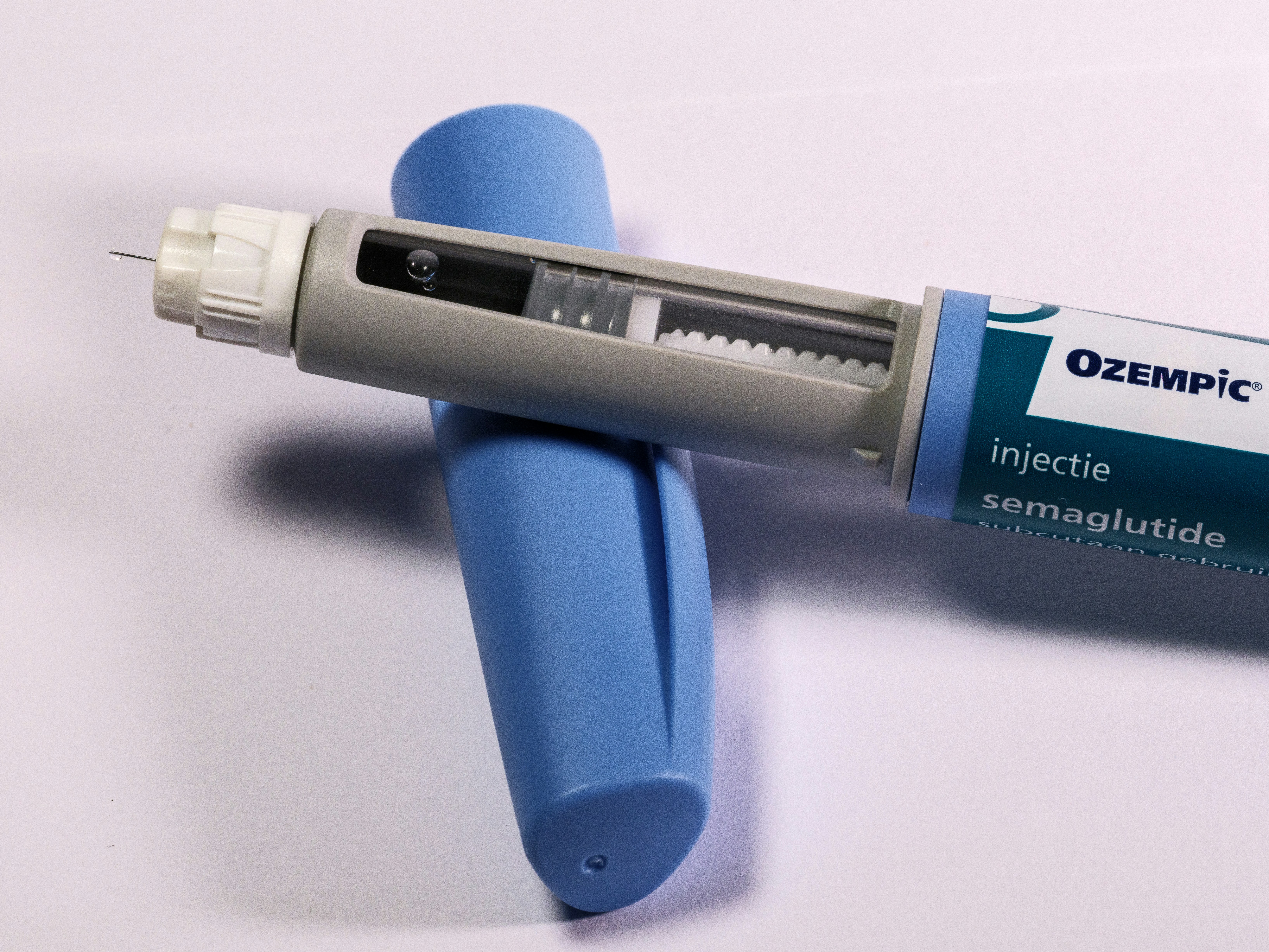Media release
From:
Use of GLP-1RAs tripled among people without diabetes between 2018 and 2022, resulting in $5.8 billion in expenditures
An analysis of nationally representative survey data examined trends in glucagon-like peptide-1 receptor agonist (GLP-1RA) use and expenditure among people in the United States without diabetes. The researchers found that between 2018 and 2022, the number of adults without diabetes taking GLP-1RAs increased more than three-fold, leading to $5.8 billion in annual expenditures by 2022. The study is published in Annals of Internal Medicine.
Researchers from The University of Melbourne analyzed data from the Medical Expenditure Panel Survey (MEPS) Household Component from 2018 to 2022. The data sample included 89,854 adults aged 18 or older who had no prior diabetes diagnosis other than gestational diabetes. The researchers estimated the number and proportion of people who filled at least 1 GLP-1RA prescription each year and the annual national expenditure on GLP-1RAs. Between 2018 and 2021, the annual prevalence of GLP-1RA use was 0.1%. By 2022, this prevalence increased to 0.4%, with an estimate of 854,728 adults without diabetes using GLP-1RAs nationwide. Annual expenditure on GLP-1RAs among adults without diabetes increased from $1.6 billion between 2018 and 2021 to $5.8 billion in 2022, with a mean overall cost of $1540.00 per prescription. From 2018 to 2022, the mean number of prescriptions per user was 4.1. Overall, GLP1-RA use and expenditures among those without diabetes increased between 2018 to 2022. Despite this, adoption remained limited, with only one in 250 adults without diabetes using a GLP-1RA in 2022. These findings provide the first characterization of nationwide GLP-1RA use and spending among individuals without diabetes to guide ongoing discussions about balancing the sustainability of health care spending against improving accessibility and affordability of GLP-1RA medications moving forward.



 Australia; International; VIC
Australia; International; VIC



